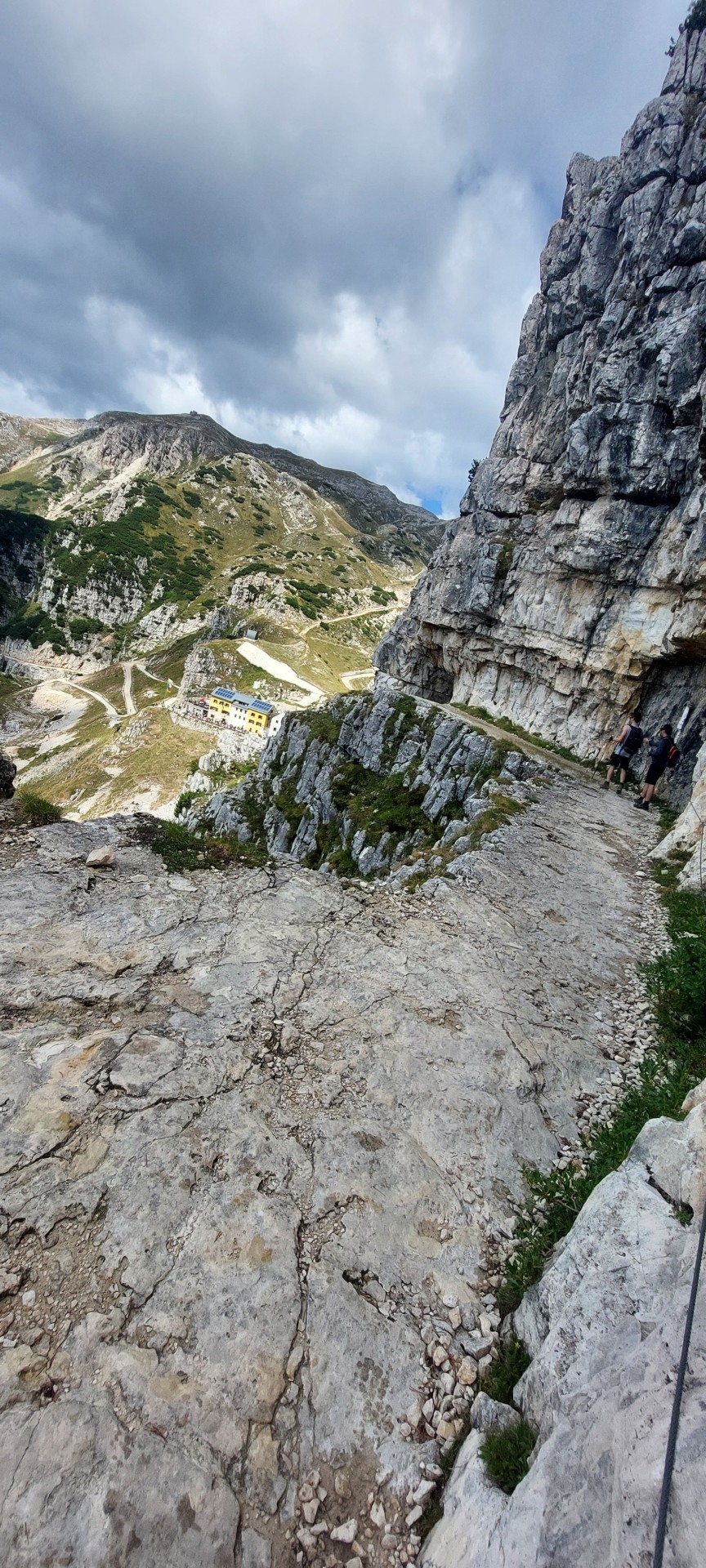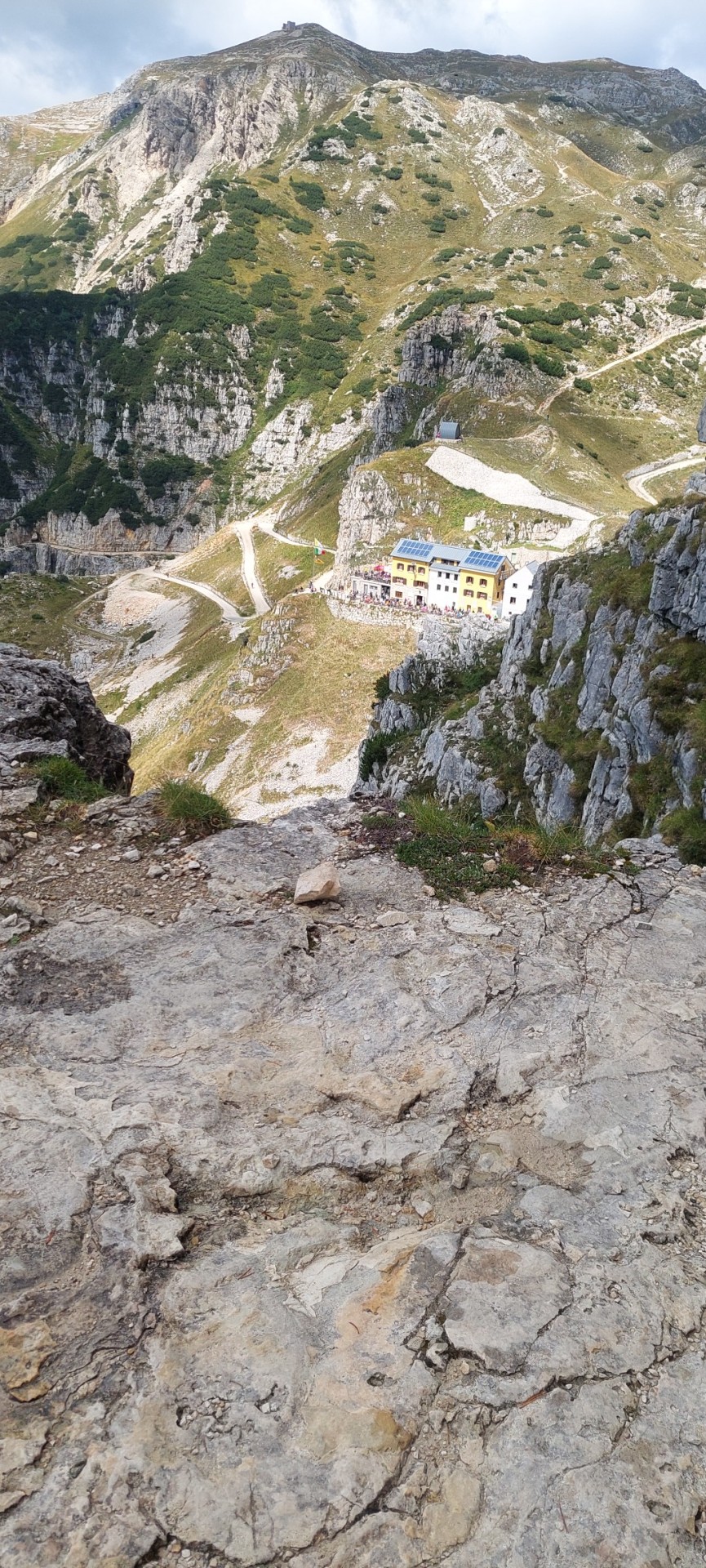#pasubio
Text

Orange moring 🔆
#italian alps#italian#italy#original photographers#original phography#photography#mountains#travel photography#veneto#pasubio
4 notes
·
View notes
Text
LIBRI / Cimiteri militari della Grande Guerra, un patrimonio (anche archeologico) da conoscere e da salvare
LIBRI / Cimiteri militari della Grande Guerra, un patrimonio (anche archeologico) da conoscere e da salvare
Presentazione il 21 marzo a Vicenza del libro edito dalla SAP
Redazione
In occasione della Giornata nazionale del Paesaggio che si celebrerà il prossimo 14 marzo, istituita con l’obiettivo di contribuire a “promuovere la cultura del paesaggio in tutte le sue forme e a sensibilizzare i cittadini sui temi ad essa legati, attraverso specifiche attività da compiersi sull’intero territorio nazionale mediante il concorso e la collaborazione delle Amministrazioni…
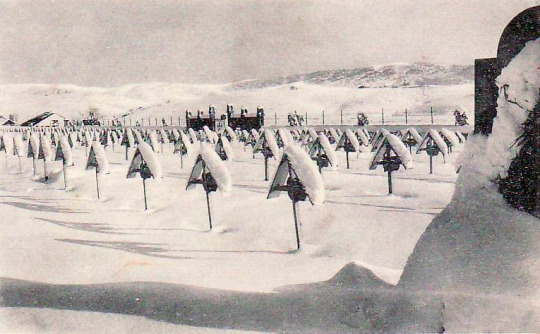
View On WordPress
#Alta Via della Grande Guerra#Altopiano dei Sette Comuni#archeologia#cimiteri militari#Giulia Campanini#Grande Guerra#libri#Paola Salzani#Pasubio#Sabap VR RV VI#Sacrario del Monte Grappa#Sacrario del Pasubio#Sacrario di Asiago#Sacrario di TOnezza del Cimone#SAP Società Archeologica#Silvia Dandria#Vicenza
0 notes
Photo
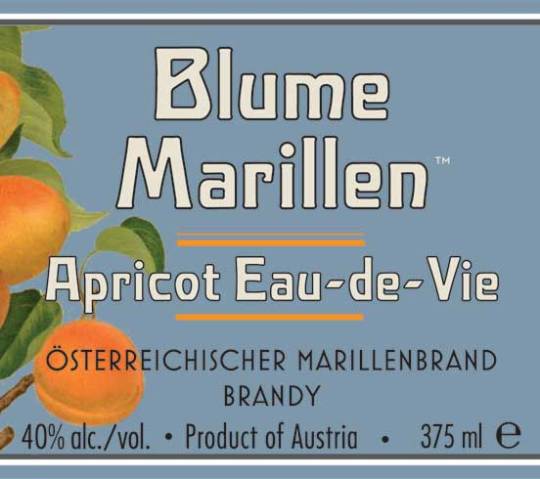




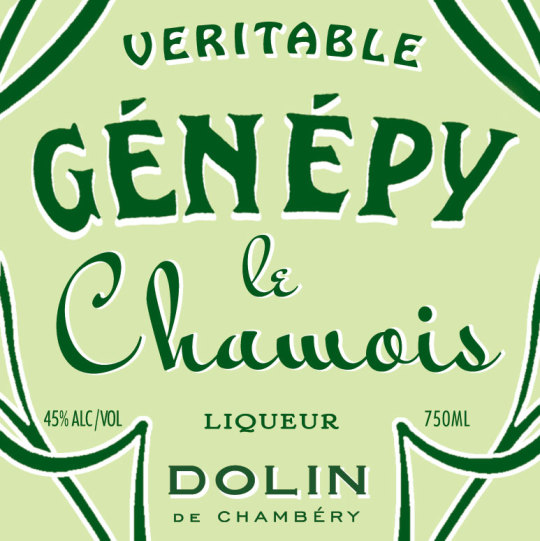
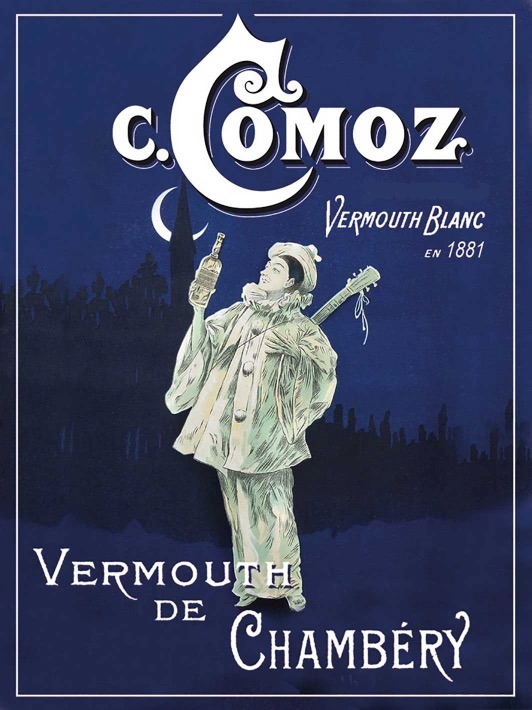



some cool vintage-y labels for various liqueur / amaro / booze, all still in production
1 note
·
View note
Photo

Dettaglio dell’ossario al Sacrario militare della prima guerra mondiale sul Monte Pasubio. • Detail of the ossuary at the Military Memorial Monument of the First World War on Mount Pasubio. • パスビオ山にある第一次世界大戦戦没者追悼の納骨堂のディテール。 •• ©︎ @zobeidesart ••• #sacrario #sacrariomilitare #ossario #ossariodelpasubio #pasubio #montepasubio #vallidelpasubio #dolomiti #guerra #primaguerramondiale #monumento #teschio #ossa #military #memorial #memorialmonument #ossuary #war #firstworldwar #skull #bones #パスビオ #戦争 #第一次世界大戦 #戦没者追悼 #頭蓋骨 #骨 #cerchio #circle #円 (presso Ossario del Pasubio) https://www.instagram.com/p/CnUJNc4vg6d/?igshid=NGJjMDIxMWI=
#sacrario#sacrariomilitare#ossario#ossariodelpasubio#pasubio#montepasubio#vallidelpasubio#dolomiti#guerra#primaguerramondiale#monumento#teschio#ossa#military#memorial#memorialmonument#ossuary#war#firstworldwar#skull#bones#パスビオ#戦争#第一次世界大戦#戦没者追悼#頭蓋骨#骨#cerchio#circle#円
0 notes
Text
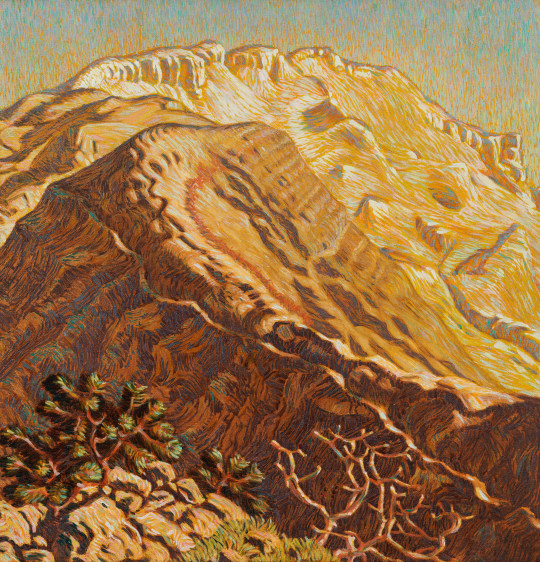
Ernst Nepo (Czech-Austrian, 1895 - 1971) - Monte Pasubio, 1916 Serrada, 1919
picture resolution 2048 × 2130
More by #ernst nepo enjoypaitings
10 notes
·
View notes
Text
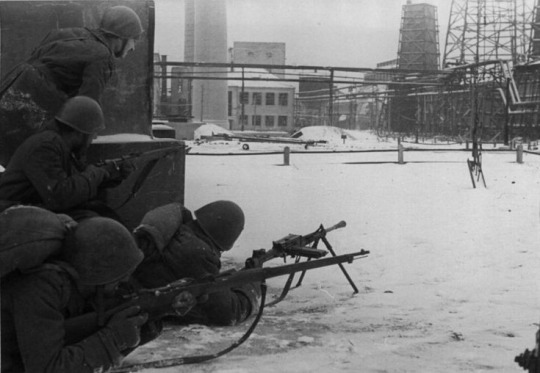
Italian soldiers of the 9th Infantry Division "Pasubio" fighting in the industrial area of Gorlovka, Ukrainian SSR. Early November 1941
18 notes
·
View notes
Text
Ieri Roby mi ha mandato questa. Nel 2014 Flavio pensò di organizzare una 100 miglia sulle montagne su cui si allenava, tra Vallarsa e Val Leogra. Quando si trattò di decidere da dove partire la soluzione più ovvia gli sembrò la seguente: da casa sua. Il giro della Pasubio 100 era un po’ assurdo, ma per quello visionario. Per quella prima edizione partirono in nove, la finirono in quattro: Flavio, la Roby Peron, Corrado Buzzolan e Jacek Fugiel. L’anno dopo non venne più organizzata. Oggi, credo, Pasubio 100 è stata la prima 100 miglia italiana.

6 notes
·
View notes
Text
La solitudine della Val Pruche
Ci sono dei posti che esercitano un attrattiva a volte difficilmente spiegabile, uno di questi è il versante est del gruppo del Pasubio, ovvero quell’insieme di sentieri antichissimi che una volta (ma non solo una volta) venivano usati dai pastori per salire verso i pascoli di Malga Pasubio. Avevo già percorso in discesa la Val Pruche in estate e tentato di risalirla in inverno, senza riuscirci a causa della neve, così quando mi sono messo in macchina con un pomeriggio intero a disposizione quasi senza accorgermene mi sono trovato a superare l’abitato di Posina per poi lasciare la macchina nel piccolo parcheggio di Doppio. Basta percorrere un centinaio di metri di asfalto e sulla sinistra, non visibilissimo, c’è l’imbocco del sentiero 380 che attraversa la Val Pruche. Fin dall’inizio ci si trova immersi in un fitto bosco e il sentiero inizia a salire con una serie di tornanti piuttosto ripidi che velocemente portano in quota. Bisogna fare molta attenzione a quelle che io chiamo “le trappole”, ovvero dei cavi di acciaio di qualche vecchia teleferica abbandonata che in tre quattro punti attraversano il sentiero ad altezza uomo.
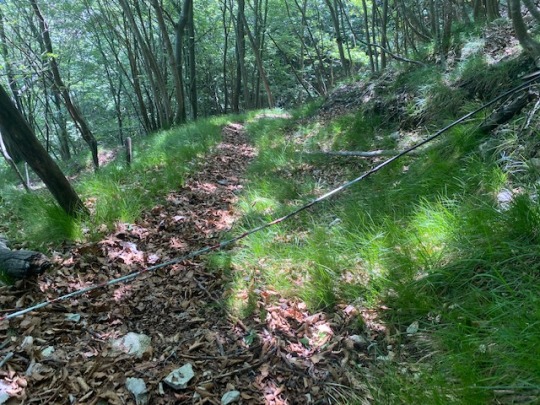
Si continua a salire per circa un ora, ogni tanto la salita lascia posto a qualche brevissimo traverso, ma si riesce a correre veramente poco, finché il sentiero termina dentro un grosso canalone che sembra essere il letto di un torrente in secca cosparso di grossi macigni.

Un pò saltando e un pò arrampicando inizia la risalita, spesso bisogna aiutarsi con le mani per superare i punti più difficili, il canalone è abbastanza lungo, fa una curva e poi diventa ancora più ripido fino ad arrivare a quello che appare come un rebus, a sinistra sembrerebbe proseguire restringendosi ma porta in un vicolo cieco dal quale ridiscendo non senza qualche difficoltà, davanti parrebbe ostruito da una grossa frana, provo a risalirlo ma mi rendo subito conto di essere fuori strada.
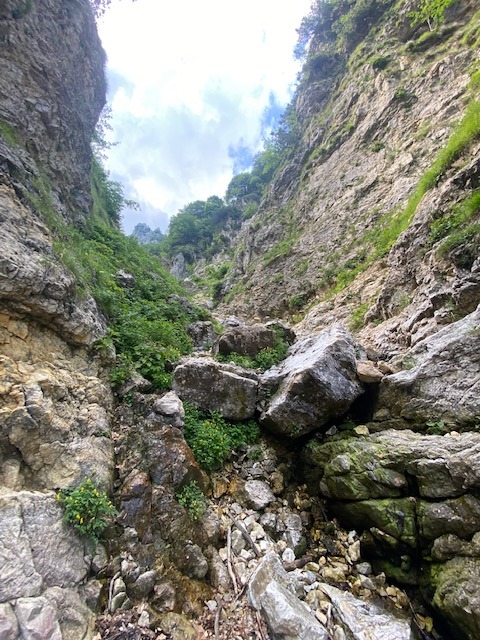
Proprio ritornando indietro scorgo un pallino rosso mezzo scolorito su una roccetta ricoperta di vegetazione, infatti il sentiero prosegue a destra mascherandosi subito in una debolissima traccia quasi invisibile che si arrampica tra l’erba alta. Più volte mi accorgo di essere fuori strada, torno indietro e mi rimetto sulla retta via grazie ai pochissimi segnali e a qualche pila di sassi.

Si va avanti così sempre a salire finché la visuale non si apre e in cima ad una ripida salita appare il passo degli Alberghetti. Ci metto ancora una mezzora buona a raggiungerlo ma una volta arrivati su la visuale è magnifica da entrambi i versanti (mica per niente durante la prima guerra mondiale ci avevano piazzato dei pezzi di artiglieria).
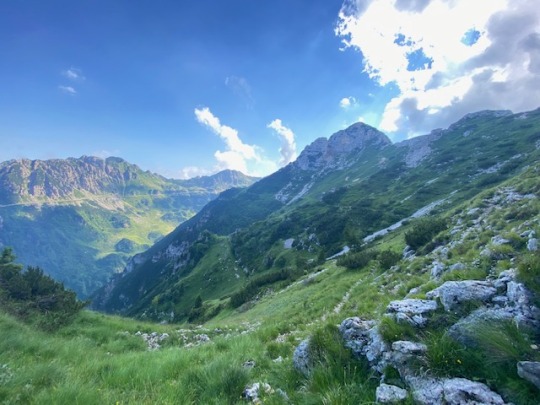
Il pezzo che segue da qui in poi oltre ad essere una liberazione al termine di una salita infinita è un momento di pura poesia trail, un single track nell’erba leggermente in discesa che taglia in due tutta la vallata.

Bastano un paio di km per raggiungere uno dei monumenti più discutibili che si possano trovare nelle piccole dolomiti, un “vero” arco romano costruito negli anni 30 per commemorare i caduti della prima guerra mondiale.

Questa è una metà abbastanza ricorrente nei giri degli appassionati delle Piccole Dolomiti che in genere si raggiunge arrivando dalla parte opposta, quella che arriva dal rifugio Papa. Gran dispiego di targhe, tombe, cippi, bandiere dedicati ai caduti della prima guerra mondiale che mi puzza sempre di retorica militaresca, così salgo su alla Selletta Comando dove c’è l’unica targa a cui porto un fiore.
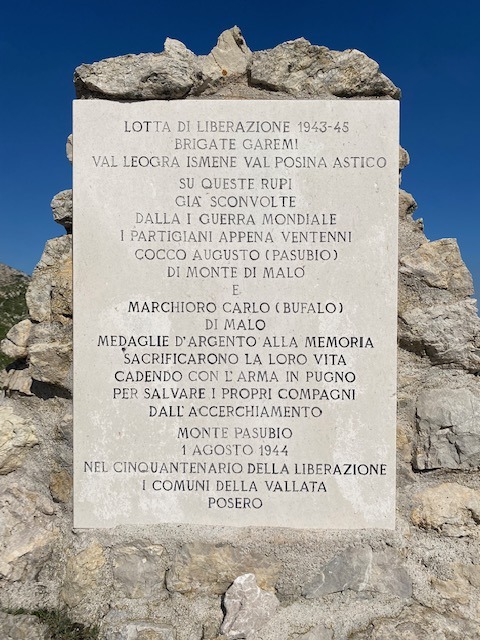
Ridiscendo e proseguo verso il rifugio Papa, sono senz’acqua da un paio d’ore ed essendo anche senza soldi confido nella generosità dei gestori che riempiendomi la borraccia mi rispondono “Siamo pur sempre un rifugio di montagna”. Da qui ci sarebbero diverse soluzioni per ridiscendere a valle, ma inizia ad essere un pò tardi e ho il tel scarico quindi cerco l’imbocco del 377 che scende per la Val Sorapache. Percorro il primo tratto senza grossi problemi, finché non incrocio sul sentiero il più grosso gregge di pecore che abbia mai visto, ma non sono solo pecore (due/trecento?) ci sono anche muli, cavalli e.. cani soprattutto diversi cani, tra cui alcuni maremmani dalle dimensioni piuttosto ragguardevoli. Uno in particolare è forse più grosso di Cjiorven e mi sta già tenendo d’occhio a distanza. A questo punto la scelta è tra farmi sbranare da “Orso” (così lo sento chiamare dai pastori) oppure circumnavigare il gregge attraversando dei prati dove sicuramente prenderò un miliardo di zecche. Scelgo per le zecche inizio la manovra di accerchiamento sotto gli occhi vigili dei pastori e dei cani, finché arrivato in cima ad una roccia e immerso nell'erba alta sento il pastore chiamarmi “Vien giù da li, guarda che mica ti morde Orso” mezzo imbarazzato inizio a scendere verso di loro fin quando Orso fa un accenno di abbaio per poi prontamente tornare a fare il suo dovere di cane pastore, a questo punto siamo quasi migliori amici io e Orso, scambio due parole con il pastore che mi indica la strada e riparto camminando, perché correre mi sembra quasi irrispettoso in quel frangente, o forse solo ridicolo. Dopo una serie di curve però il sentiero scompare nella vegetazione, bisogna farsi largo con le mani per aprisi un varco e scoprire la traccia sul terreno, non sempre visibile, infatti mi perdo almeno un paio di volte in questa specie di amazzonia. Un pò alla volta mi metto qualche km alle spalle, tornante dopo tornante scendo sempre più a valle, scaviglio, riparto, mi confondo sul letto di un torrente che inizio a scendere inutilmente, lo risalgo per accorgermi che il sentiero lo attraversava soltanto per poi proseguire nel bosco. L’ultimo tratto è una discesa ripida nascosta sotto uno spesso strato di foglie che porta fino ad incrociare il torrente Posina, qui ci sono delle cascatelle e un paio di pozze dove ci si può rinfrescare e accucciandosi quasi immergersi del tutto nell’acqua. Ancora un paio di curve e si arriva al ponte e quindi alla strada asfaltata, da qui svoltando a sinistra risalgo fino al parcheggio dove recupero la macchina. Sono stato in giro circa quattro ore e mezza, non ho incontrato nessuno ne a salire ne a scendere, escluse le persone al rifugio. Una borraccia da 1/2 lt è decisamente insufficiente.

3 notes
·
View notes
Photo
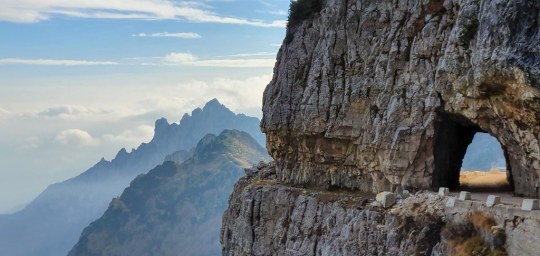
Strada degli Eroi - Pasubio (in Explore July 31, 2022) by rebellatolinda https://flic.kr/p/2nBhync
2 notes
·
View notes
Text




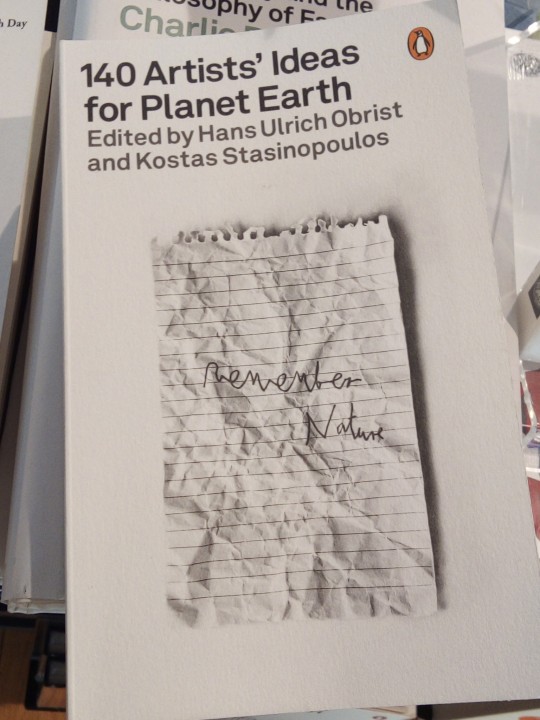

Feltrinelli my fav - viale Pasubio (Cso Como)
Quella in Galleria V. Emanuele Duomo ha libri di molto più fighi
1 note
·
View note
Text
MOSTRE / A Schio (VI) le Porte del Pasubio dalla Grande Guerra ad oggi in 300 fotografie quasi tutte inedite
#MOSTRE / A #Schio (VI) le Porte del #Pasubio dalla #GrandeGuerra ad oggi in 300 #fotografie quasi tutte inedite
I dettagli su Storie & Archeostorie:
@portedelpasubio @cai150

View On WordPress
0 notes
Photo

Bulgari Hotel in Paris, curtains and veils curated by @dedarmilano and interiors designed by @antonio_citterio_arch and @patricia_viel_arch. An elegant and refined atmosphere, high-level finishes, in which to feel at ease living in the spaces that Dedar Milano embellishes through classical tones and high-level materials. Nei nostri showroom di Catania è possibile accedere alla Materiotéca Abitare, toccare con mano centinaia di tessuti dei migliori brand per rivestire e rendere unico, con il supporto dei nostri specialist, il tuo arredo, le tue pareti, i tuoi tendaggi e non solo. 📍Visita i nostri Showroom di via Pasubio, 2, e via A. Caruso, sn, per progettare una soluzione su misura. Bulgari Hotel, decorated by @dedarmilano, designed by @antonio_citterio_arch @patricia_viel_arch #design #designinspiration #italiandesign #moderndesign #minimal #interiordesign #interiorstyle #furniture #contemporarydesign #brerainterni #hoteldesign #dedarmilano https://www.instagram.com/p/CqdgF1ZIyVk/?igshid=NGJjMDIxMWI=
#design#designinspiration#italiandesign#moderndesign#minimal#interiordesign#interiorstyle#furniture#contemporarydesign#brerainterni#hoteldesign#dedarmilano
4 notes
·
View notes
Text
inside you there are two wolves
one of them thinks stoner culture is bonkers and people who talk about this weed vs that weed are living on an entirely different planet
the other one is having a conversation with their bar manager like "the problem with suntori whiskeys broadly is that they're a lot more astringent than american ones are. but if you want to sell this stuff, you should order some plum gekkeikan, and then we can throw them together with some pasubio and that lemon blueberry syrup we use for [dumb signature cocktail]. source: trust me bro."
18 notes
·
View notes
Photo
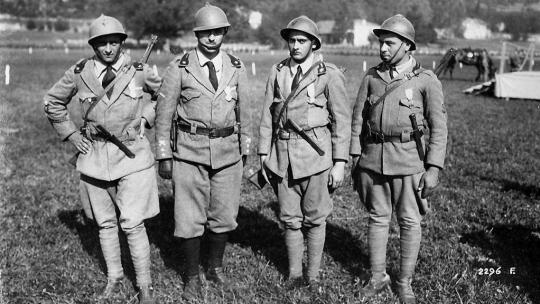
"Frammenti di Storia..."
Il Tenente Carlo Sabatini (secondo da sinistra) e gli altri Arditi decorati per atti di eroismo durante la battaglia per la riconquista di Monte Corno,massiccio del Pasubio.13 Maggio 1918.
Gli Arditi sono tutti del V° Reparto d'Assalto.
8 notes
·
View notes
Text
Veneto
On day 6 of our trip north we made it to Thiene, Veneto, a beautiful town at the foothills of the Italian Alps, just north of Vicenza. This was an opportunity to visit and reconnect with my cousins on (Dad’s side of the family), my aunt, and with Laghi, the small village from which my family emigrated many years ago.
Staying in central Thiene meant we could wander into the old town centre, past the Palazzo Porto Colleoni (built in the 15th Century), the Baroque style Cathedral, the old Romanesque-gothic church which dates back to 1333, and just experience the ambiance.
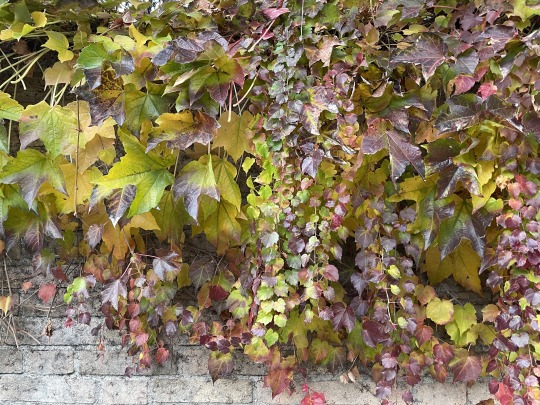


One afternoon we went for a late afternoon walk around the hills above Carrè which is north of Thiene and at the foothills of the mountains. We were greeted with stunning views over to the Gruppo Delle Piccole Dolomite, the Gruppo Pasubio and Monte Maggio.



The following day we were invited to join a group of Brazilian tourists for a history tour of Laghi. We met the group at the local trattoria in Laghi which is famous for its potato gnocchi and, after a good coffee, we headed off to the Molini contrada.
A little background information: Laghi is Italian for ‘lakes’ and we can probably attribute the name of the town to the existence of two small lakes in front of the main piazza. Laghi is Veneto's municipality with the smallest number of inhabitants and the lowest density. It comprises a number of small hamlets, or contrade, scattered over the valley and surrounding mountain side. The Molini contrada can be found behind the main piazza, at the base of Monte Maggio, one of the mountains which tower over the piazza. Monte Maggio lies next to the Pasubio group of Dolimites and the border of the Veneto province runs across the top of Maggio and over to Pasubio. Up until WWI, this was part of the border between Italy and Austria and during the war, it formed part of the Italian front along the Dolomites and Alps. I grew up hearing Mum’s stories of how the whole town of Laghi was told to evacuate one day, probably for several weeks and the war raged. They were able to return several years later to find the whole town devastated from the bombing.
Our tour of Molini was more focused on other aspects of living in Laghi during a time before the wars when everyone was largely reliant on the land. Interestingly, our guide advised us that no one went hungry during those days, with food being available from what they produced from the land, local products and flour and sugar bartered or bought from neighbouring towns.
We toured the old community cheese making ‘workshop’ in Molini where much of the equipment has been maintained. There used to be a number of these small community workshops spread across Laghi, including one where my grandfather, Giuseppe, made cheese with milk provided by the nearby families. Who would have known that cheese making was such a strong part of my family history! I asked what types of cheese were typically made and the response included Asiago cheese (a favourite of mine to make). Rather than press the cheeses they let them drain naturally and they used the leftover whey to make both butter and ricotta.
We also toured the old sawmill and viewed the old hydro system set up by a local to generate electricity which he then sold to the community. The latter was a very innovative initiative which the local set up and ran prior to the availability of electricity from the national grid. The system is still functional after all these years although it no longer supplies the community.
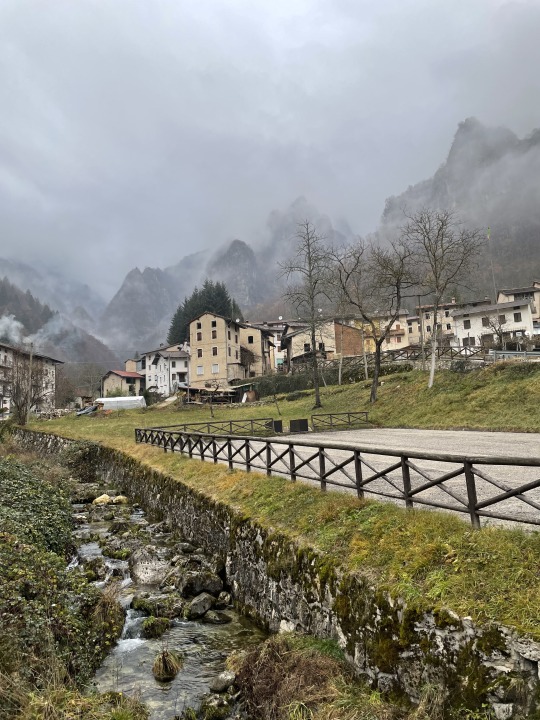
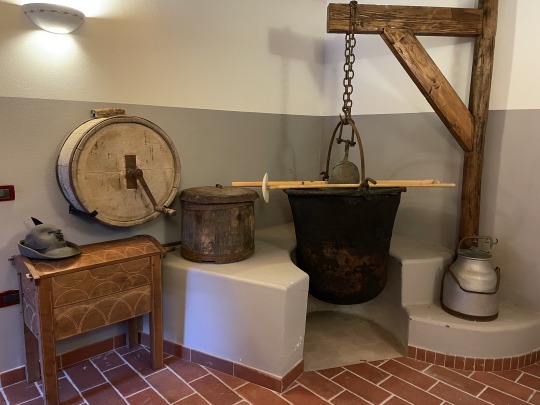
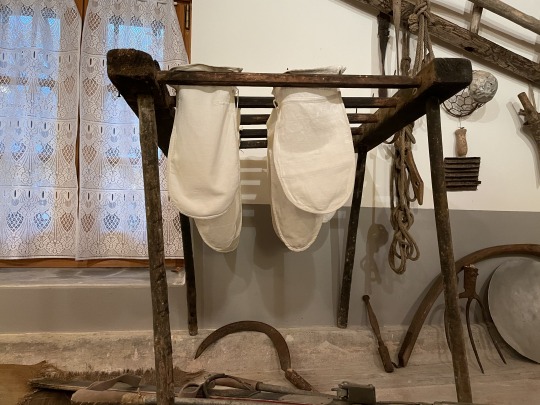

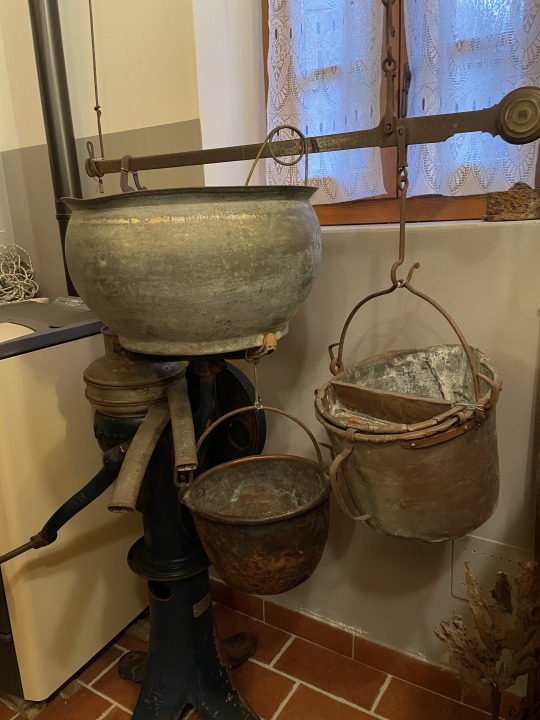
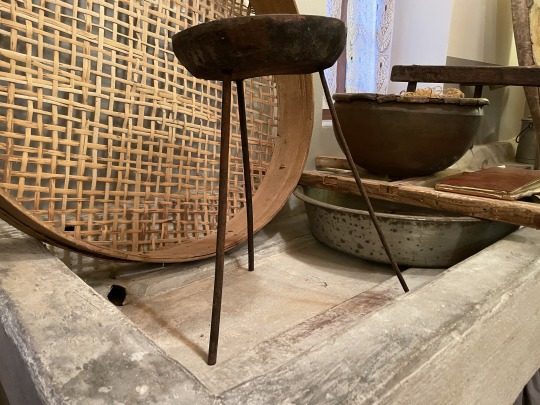


A little background information: Laghi is Italian for ‘lakes’ and we can probably attribute the name of the town to the existence of two small lakes in front of the main piazza. Laghi is Veneto's municipality with the smallest number of inhabitants and the lowest density. It comprises a number of small hamlets, or contrade, scattered over the valley and surrounding mountain side. The Molini contrada can be found behind the main piazza, at the base of Monte Maggio, one of the mountains which tower over the piazza. Monte Maggio lies next to the Pasubio group of Dolimites and the border of the Veneto province runs across the top of Maggio and over to Pasubio. Up until WWI, this was part of the border between Italy and Austria and during the war, it formed part of the Italian front along the Dolomites and Alps. I grew up hearing Mum’s stories of how the whole town of Laghi was told to evacuate one day, probably for several weeks and the war raged. They were able to return several years later to find the whole town devastated from the bombing.
Our tour of Molini was more focused on other aspects of living in Laghi during a time before the wars when everyone was largely reliant on the land. Interestingly, our guide advised us that no one went hungry during those days, with food being available from what they produced from the land, local products and flour and sugar bartered or bought from neighbouring towns.
We toured the old community cheese making ‘workshop’ in Molini where much of the equipment has been maintained. There used to be a number of these small community workshops spread across Laghi, including one where my grandfather, Giuseppe, made cheese with milk provided by the nearby families. Who would have known that cheese making was such a strong part of my family history! I asked what types of cheese were typically made and the response included Asiago cheese (a favourite of mine to make). Rather than press the cheeses they let them drain naturally and they used the leftover whey to make both butter and ricotta.
We also toured the old sawmill and viewed the old hydro system set up by a local to generate electricity which he then sold to the community. The latter was a very innovative initiative which the local set up and ran prior to the availability of electricity from the national grid. The system is still functional after all these years although it no longer supplies the community.
A little add-on for Allan and myself was a tour of the Comune Di Laghi and the council chambers. We saw the list of sindaci (mayors) from 1872 to 1999, including my grandfather (Guiseppe Dal Molin) and uncle (Attilio Dal Molin). Thank you Allan for the photos ….
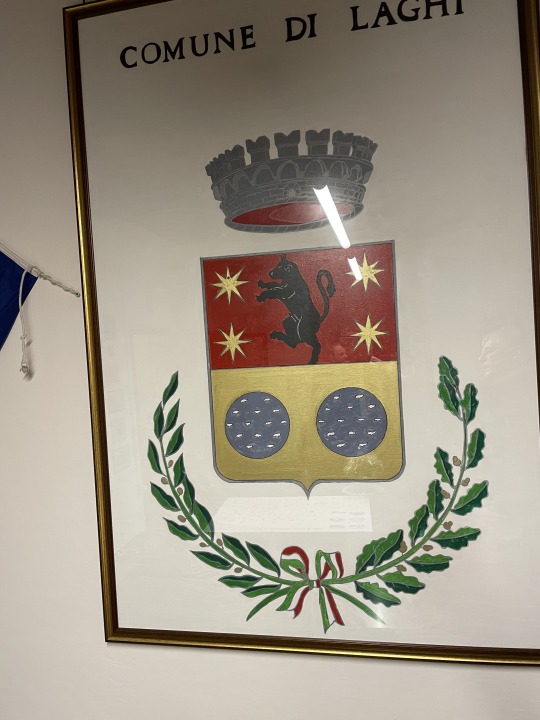
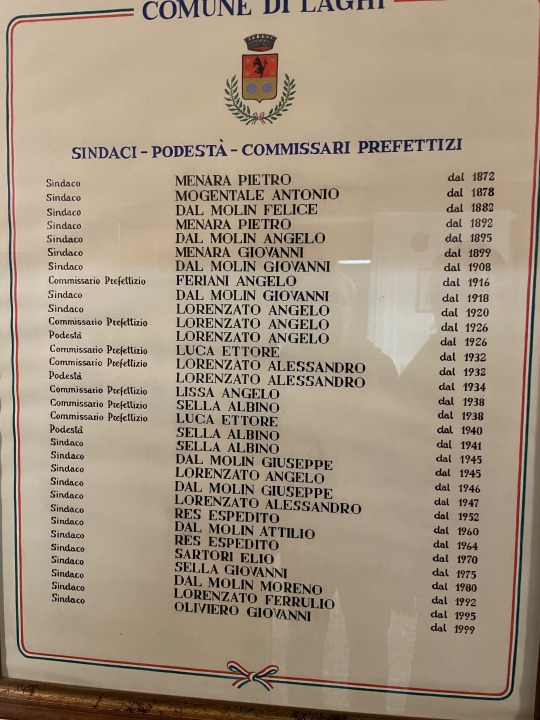
Back in Thiene, one of our last stops during this visit was to a local nursey which transforms into a Mercatino Di Natale each year. The displays were wonderful, with each section featuring a different colour theme for the tree and decorations. It was only the thought of minimal suitcase room and arriving back in Australia with a big box of broken glass that stopped me from buying a selection of baubles. Instead, I’ve set up a Christmas Table with two gnomes which a cousin has handmade (they are absolutely stunning), candles and books we’ve been given along the way. Now we’re back in Le Marche. Time to get back into walking and getting ready for next year. Damn, it’s raining again … think I’ll make a torta and curl up on the couch with my knitting.
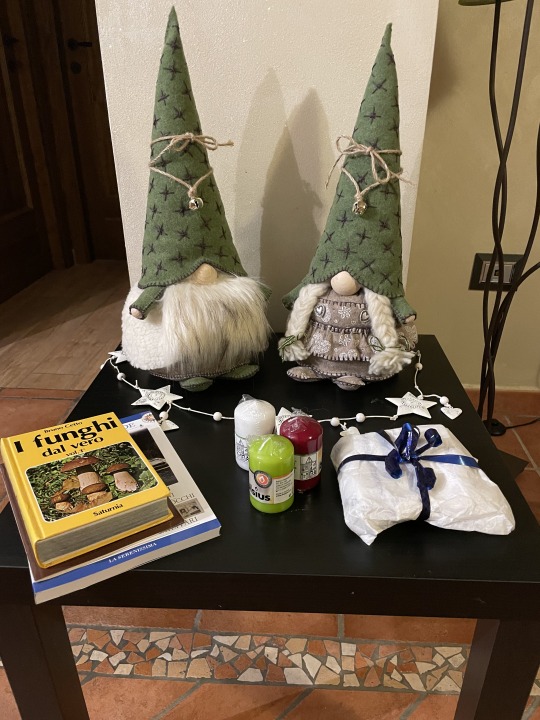
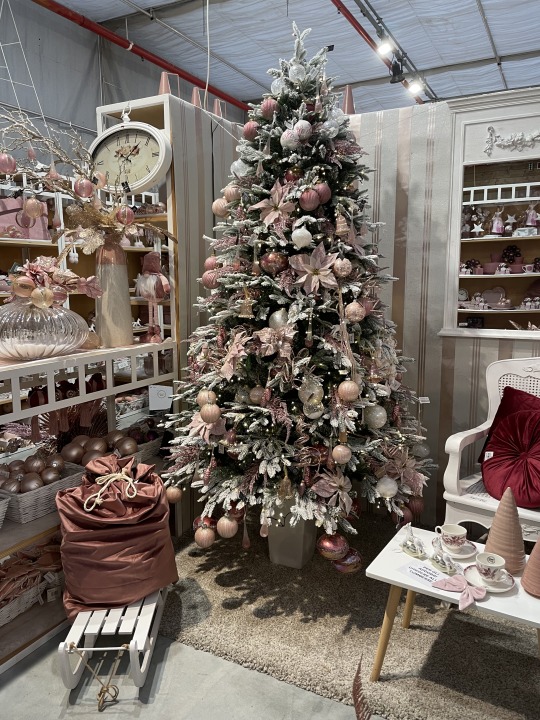
2 notes
·
View notes
